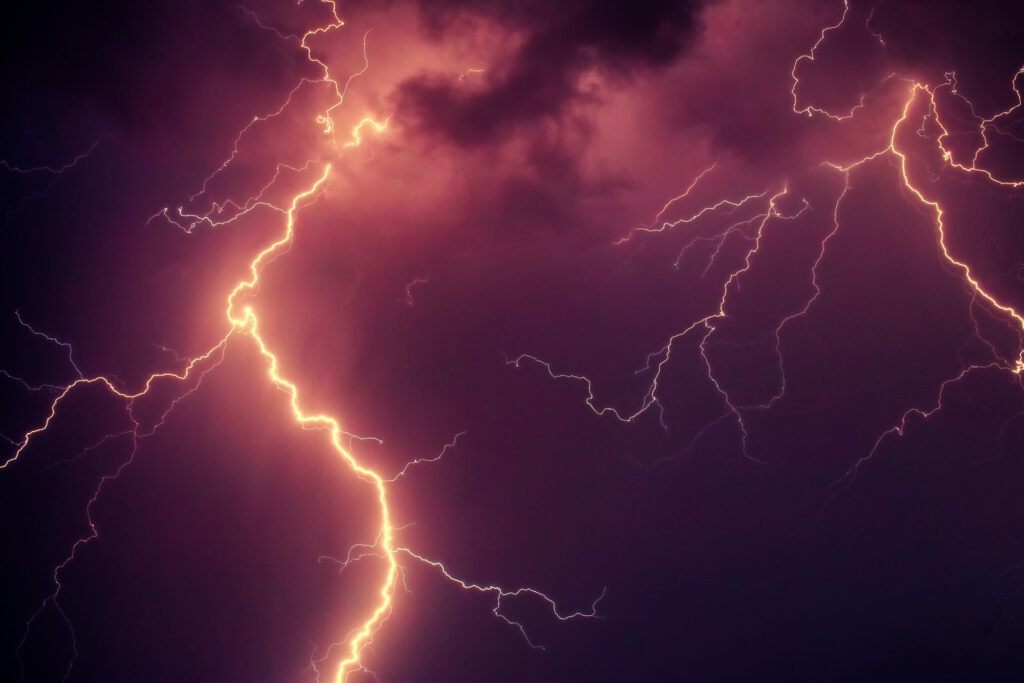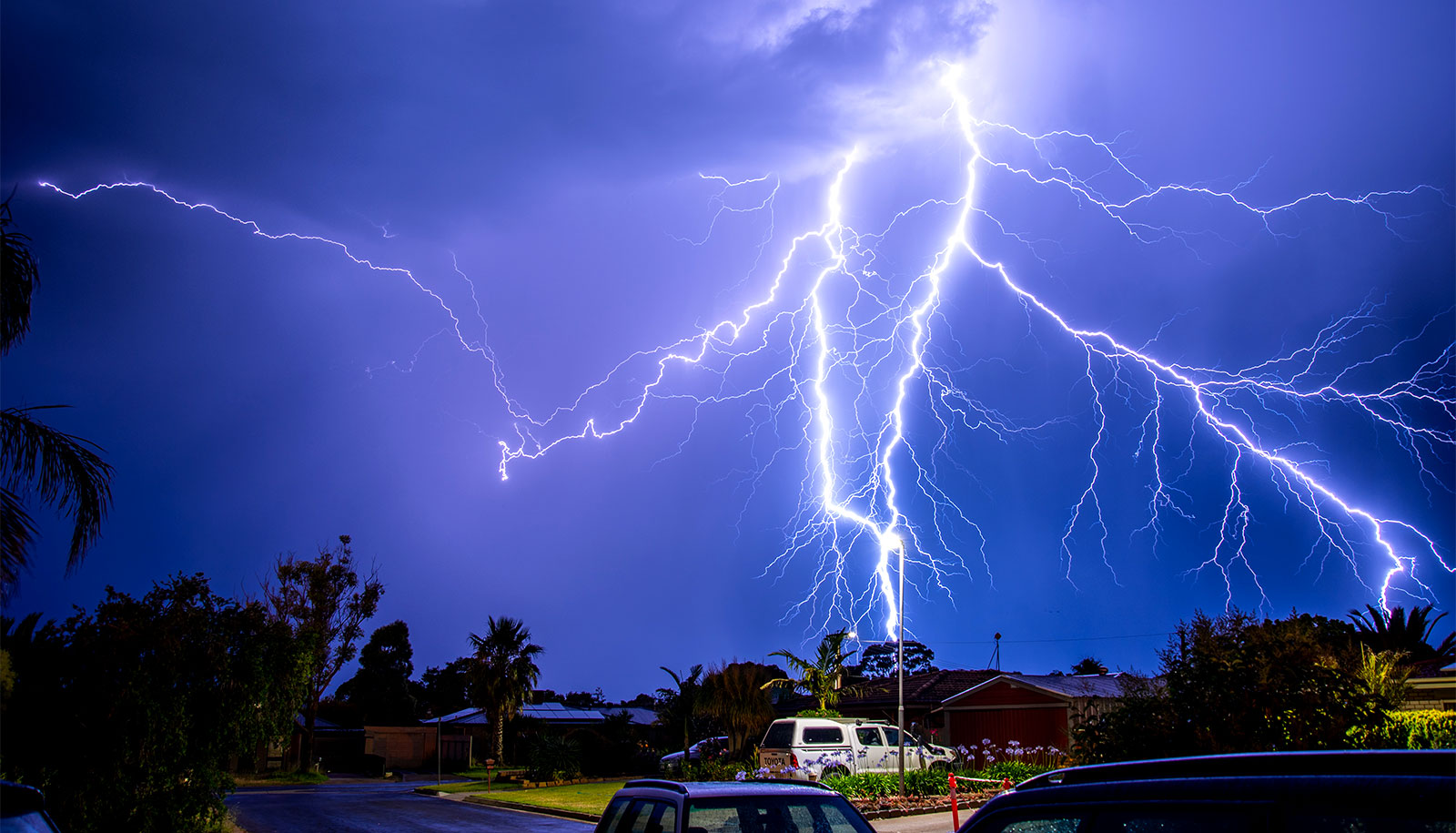By HANNAH HICKEY-U. WASHINGTON
Lightning is one of the most destructive forces of nature, as in 2020 when it sparked the massive California Lightning Complex fires, but it remains hard to predict.
Better lightning forecasts could help to prepare for potential wildfires, improve safety warnings for lightning, and create more accurate long-range climate models.
“The best subjects for machine learning are things that we don’t fully understand. And what is something in the atmospheric sciences field that remains poorly understood? Lightning,” says Daehyun Kim, an associate professor of atmospheric sciences at the University of Washington. “To our knowledge, our work is the first to demonstrate that machine learning algorithms can work for lightning.”
The new technique combines weather forecasts with a machine learning equation based on analyses of past lightning events. The hybrid method, presented at the American Geophysical Union’s fall meeting, can forecast lightning over the southeastern US two days earlier than the leading existing technique.
“This demonstrates that forecasts of severe weather systems, such as thunderstorms, can be improved by using methods based on machine learning,” says Wei-Yi Cheng, who did the work for his University of Washington doctorate in atmospheric sciences. “It encourages the exploration of machine learning methods for other types of severe weather forecasts, such as tornadoes or hailstorms.”
Researchers trained the system with lightning data from 2010 to 2016, letting the computer discover relationships between weather variables and lightning bolts. Then they tested the technique on weather from 2017 to 2019, comparing the AI-supported technique and an existing physics-based method, using actual lightning observations to evaluate both.
The new method forecast lightning with the same skill about two days earlier than the leading technique in places, like the southeastern US, that get a lot of lightning. Because the method was trained on the entire US, its performance wasn’t as accurate for places where lightning is less common.

The approach used for comparison was a recently developed technique to forecast lightning based on the amount of precipitation and the ascent speed of storm clouds. That method has projected more lightning with climate change and a continued increase in lightning over the Arctic.
“The existing method just multiplies two variables. That comes from a human’s idea, it’s simple. But it’s not necessarily the best way to use these two variables to predict lightning,” Kim says.
The machine learning was trained on lightning observations from the World Wide Lightning Location Network (WWLLN), a collaborative based at the University of Washington that has tracked global lightning since 2008.
“Machine learning requires a lot of data—that’s one of the necessary conditions for a machine learning algorithm to do some valuable things,” Kim says. “Five years ago, this would not have been possible because we did not have enough data, even from WWLLN.”
Commercial networks of instruments to monitor lightning now exist in the US, and newer geostationary satellites can monitor one area continuously from space, supplying the precise lightning data to make more machine learning possible.
“The key factors are the amount and the quality of the data, which are exactly what WWLLN can provide us,” Cheng says. “As machine learning techniques advance, having an accurate and reliable lightning observation dataset will be increasingly important.”
The researchers hope to improve their method using more data sources, more weather variables, and more sophisticated techniques. They would like to improve predictions of particular situations like dry lightning, or lightning without rainfall, since these are especially dangerous for wildfires.
The researchers believe their method could also be applied to longer-range projections. Longer-range trends are important partly because lightning affects air chemistry, so predicting lightning leads to better climate models.
“In atmospheric sciences, as in other sciences, some people are still skeptical about the use of machine learning algorithms—because as scientists, we don’t trust something we don’t understand,” Kim says. “I was one of the skeptics, but after seeing the results in this and other studies, I am convinced.”
The researchers presented their work at the AGU Fall Meeting 2021. Additional coauthors are from Chonnam National University in South Korea and the University of Washington.
Source: University of Washington











